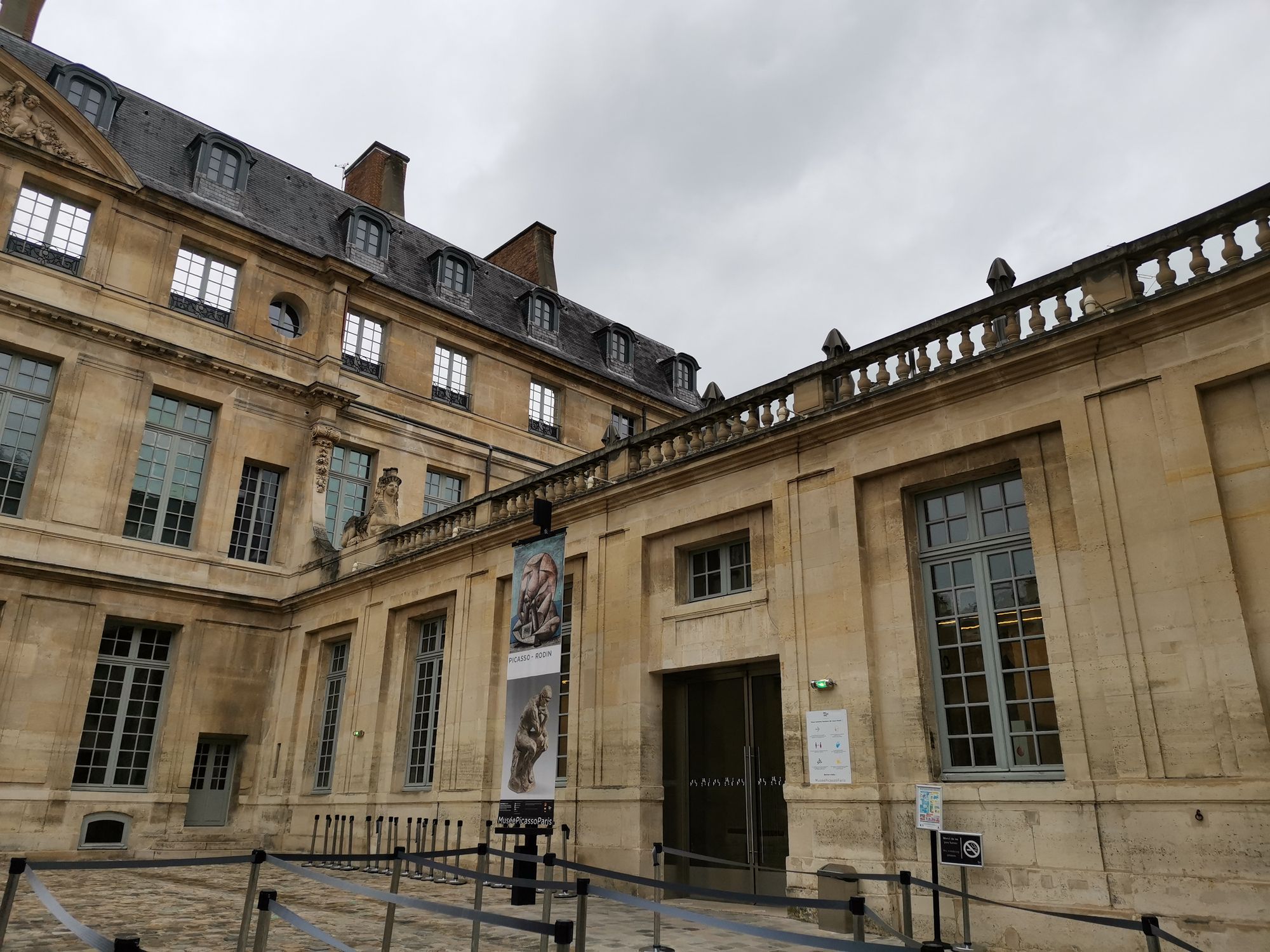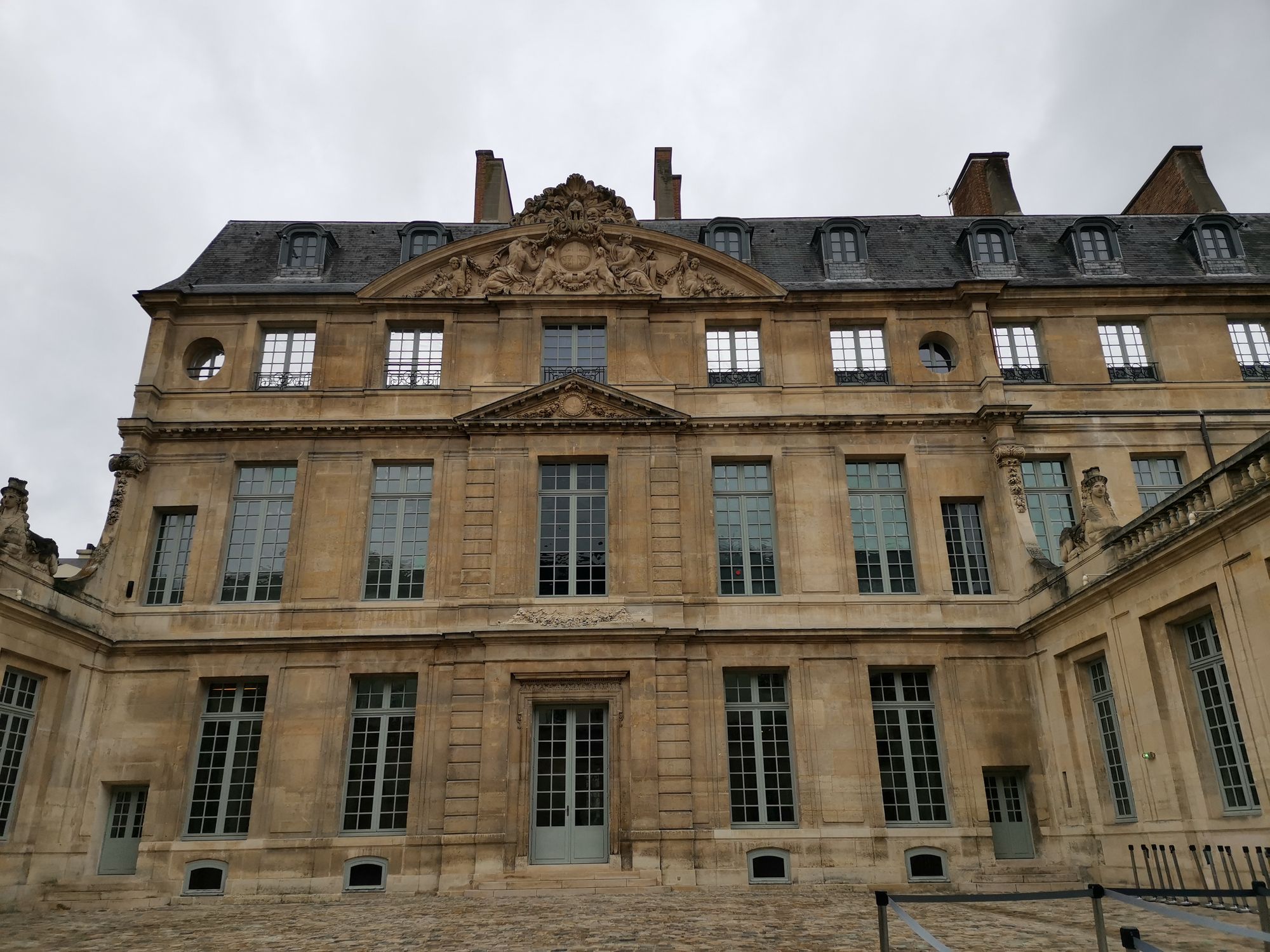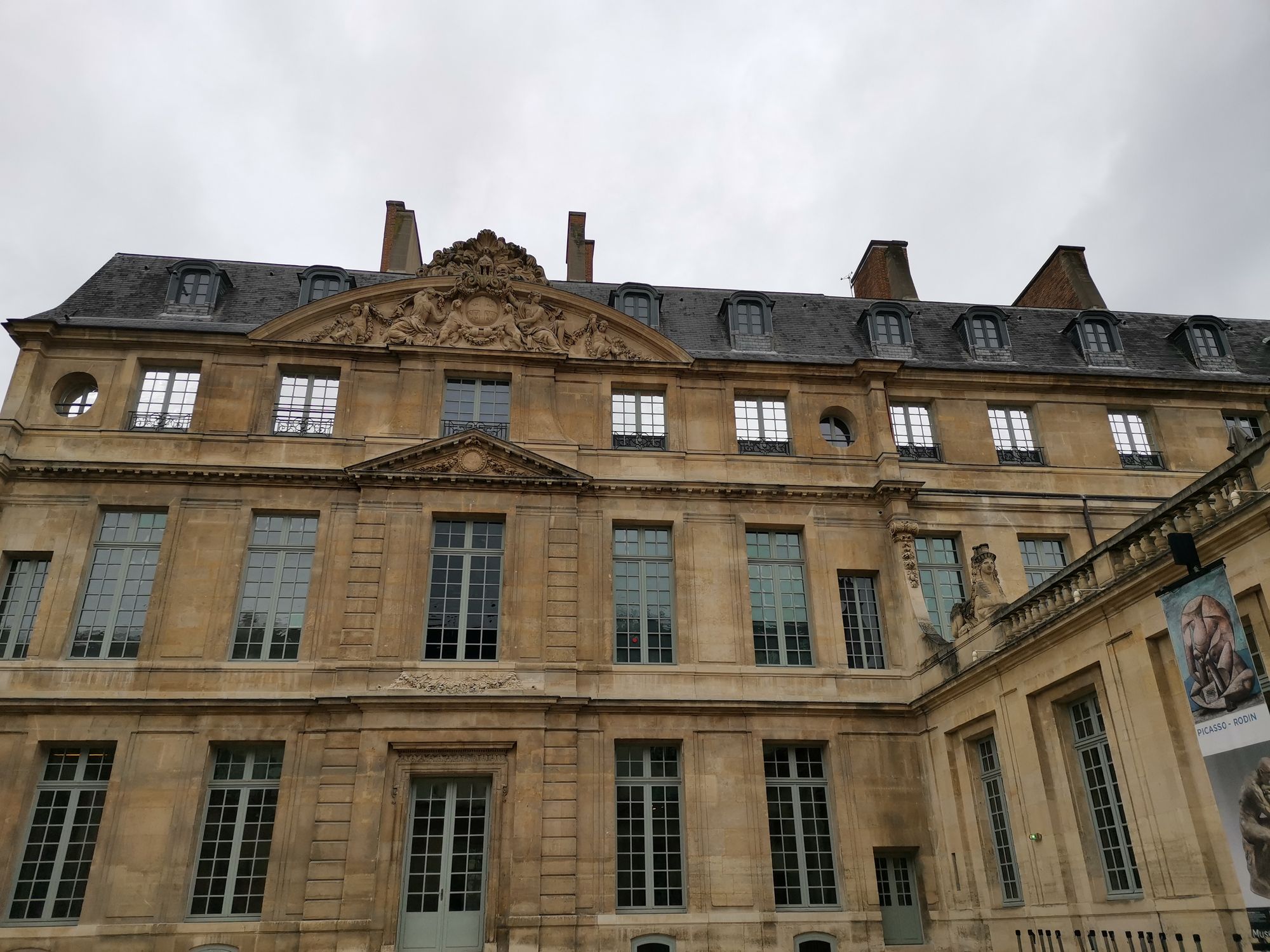Picasso museum (Hôtel Salé)
 The Musée Picasso is France's national museum dedicated to the life and work of artistic genius Pablo Picasso, and the artists who were closely associated with him. Located in an exceptional historic site, the Hôtel Salé, this museum is one of the cultural jewels of the Marais district of Paris. To delve deeper into this fascinating place, let's explore its history and artistic treasures through a series of questions and answers.
The Musée Picasso is France's national museum dedicated to the life and work of artistic genius Pablo Picasso, and the artists who were closely associated with him. Located in an exceptional historic site, the Hôtel Salé, this museum is one of the cultural jewels of the Marais district of Paris. To delve deeper into this fascinating place, let's explore its history and artistic treasures through a series of questions and answers.Built by Boullier de Bourges from 1656 to 1659 for Pierre Aubert de Fontenay, farmer of the gabelles (hence its nickname), this is the largest hotel in the Marais. A double-deep main building is cushioned by a basket dance at the end of the courtyard of honor, and a half-moon around the portal on rue de Thorigny facilitates carriage traffic. But the fall of Superintendent Fouquet led to the ruin of its owner, and the hotel was rented out to Morosini, the Venetian ambassador.
Restored, it was transformed into a museum and received the Picasso dation in 1985.
What is the history of the Hôtel Salé, now home to Picasso museum?
The history of the Hôtel Salé goes back to the 17th century. It was built between 1656 and 1659 for Pierre Aubert de Fontenay, a collector of the gabelle, the salt tax. It was this association with the gabelle that earned it the nickname Hôtel Salé. Designed by the architect Jean Boullier de Bourges, it was originally a sumptuous residence, typical of Mazarine architecture.
What was the architectural structure of the Hôtel Salé like?
Traditionally designed between courtyard and garden, the Hôtel Salé was remarkable for its majestic portal on rue de Thorigny. The courtyard of honor had a rounded shape, and decorative elements such as sphinxes and consoles adorned the walls. The hotel was also doubled in depth to offer a flexible interior layout. The grand staircase, with its sumptuous wrought-iron banister, was a remarkable example of the architecture of the period.
Who was Pierre Aubert de Fontenay and why did he have this hotel built?
Pierre Aubert de Fontenay was a councillor and secretary to King Louis XIV, who had made his fortune collecting the salt tax, the gabelle. He decided to build this hotel to reflect his new social position and financial success. The choice of location in the booming Marais district was strategic to consolidate his position.
How did the Hôtel Salé evolve over the centuries?
After the period of occupation by Pierre Aubert, the Hôtel Salé had a number of different occupants and uses. It served as the embassy of the Republic of Venice, then was leased to various educational institutions, notably the École centrale des arts et manufactures.
In the 19th century, it was assigned to various schools and institutions, which considerably altered its interior structure. In the 19th century, it housed the École Centrale des Arts et Manufactures (from 1829 to 1884), then the École des Métiers d'Art from 1944 to 1969.
How did Picasso museum come into being at the Hôtel Salé?
The idea of creating a museum dedicated to Pablo Picasso at the Hôtel Salé was born in 1974.
In 1976, a competition was held to create a museum in this historic building, which had been completely restored. Architect Roland Simounet was chosen for this ambitious project, which had to respect the historic character of the building while providing a space to present and preserve Picasso's works. The museum opened its doors to the public in 1985.
Who were Hôtel Salé's notable residents?
Over the centuries, the Hôtel Salé has had a number of famous tenants. Among them were the Venetian ambassador, François de Neufville, Duc de Villeroy, a favorite of Louis XIV, and the family of the Marquis de Juigné.
The French Revolution led to the seizure of the building as émigré property, and it was subsequently sold to various private owners.
Why has Picasso museum collection of Picasso's works become so rich?
Today, the museum holds the world's largest collection of works by Picasso. This collection is the result of the Dation Picasso, a major donation of works by the artist by his heirs to the French state in 1979. It includes a vast array of paintings, sculptures, drawings, prints, ceramics and other artistic creations, representing the artist's entire career.
What are the contents of the Musée Picasso's permanent collection?
Picasso museum permanent collection is the world's richest public collection of Picasso's work, with 297 paintings, 368 sculptures and 3D works, 200,000 archival items and 92 books illustrated by Picasso.It covers every period of Picasso's artistic career. Iconic masterpieces include paintings such as “Paul en arlequin”, “Portrait de Dora Maar” and “Deux femmes courant sur la plage”, as well as drawings, prints, ceramics and photographs.
In addition, the collection includes works by artists who were friends of Picasso or who influenced Picasso or were influenced by him:
de Cocteau, Seurat, Derain, Giacometti, Matisse, Max Jacob, Luis Fernández and Roland Penrose, Balthus, Braque, Brauner, Cézanne, Corot, Laurencin, Miro, Julio González, Degas, de Marcoussis and Dalí.
What notable events took place during the museum's renovation in 2014?
The Musée Picasso was closed for five years for major renovation and extension work, which was completed in 2014. The reopening was a major event in the world of art and culture in France. It was inaugurated by the President of the Republic, François Hollande. The museum then reopened its doors to the public, with a modernized and enlarged infrastructure to welcome even more visitors.
Back to the list of Museums in the Marais

